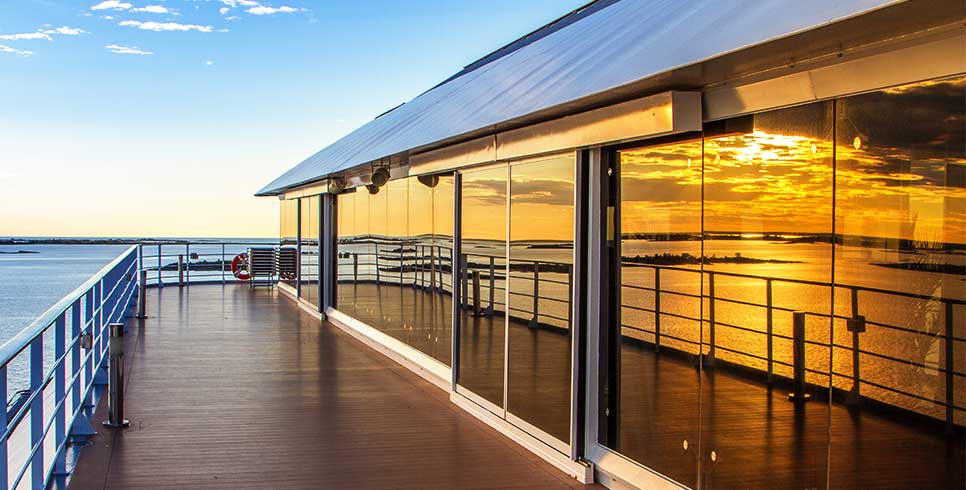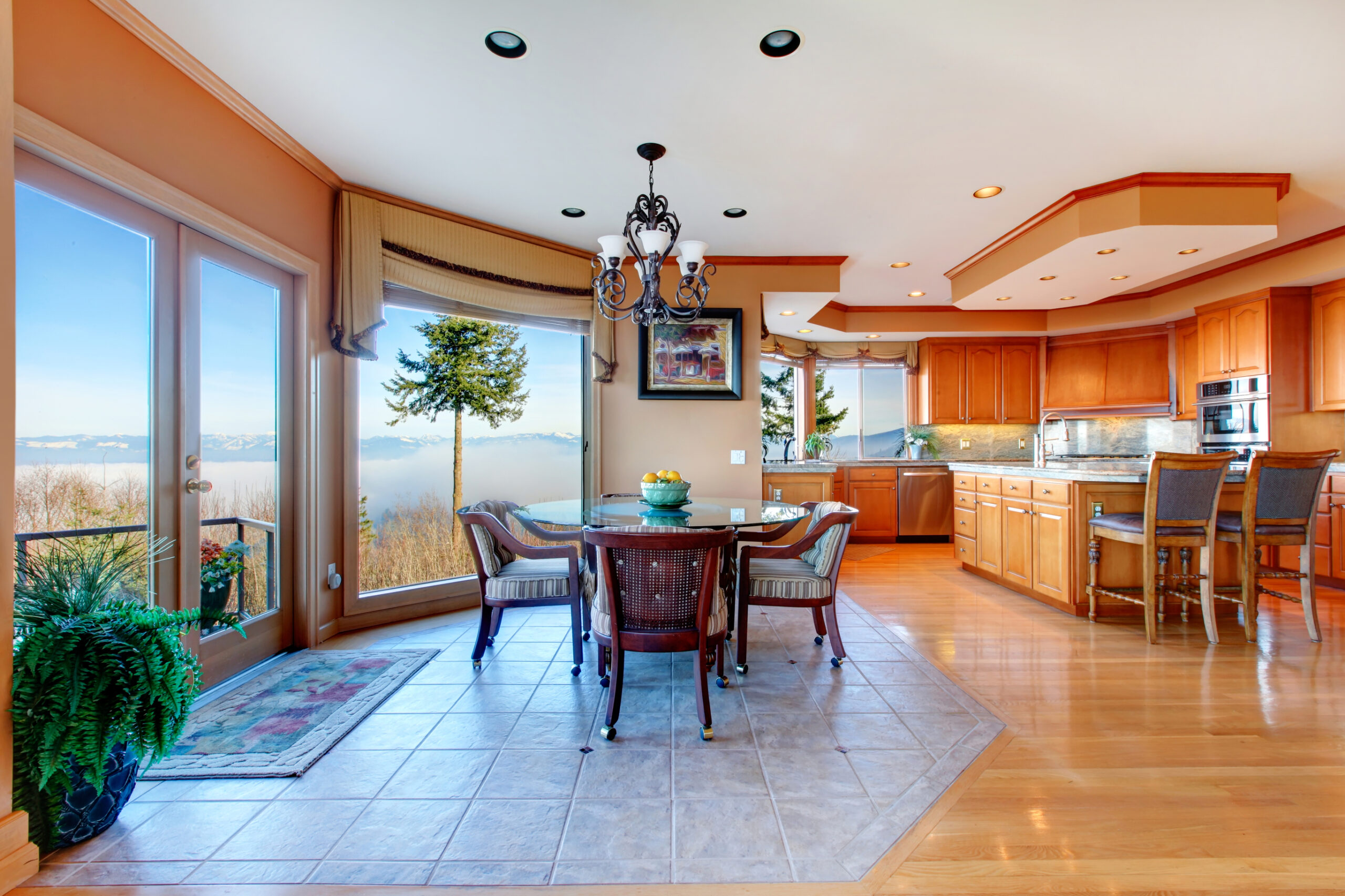If you’re not in the energy-saving business by trade, the title of this blog probably introduced you to a couple of new phrases. “Radiant?” “Forced-air?” What is this, high school chemistry? Have no fear. The concepts are relatively straightforward. As our friends at Green Builder explain in this handy-dandy webinar, “Radiant Heating” is a key component in hydronic radiant floor heating systems, i.e., systems that heat your home primarily through heat conducted by water. More on them in a minute.
“Forced-air,” on the other hand, is the form of heating system that is found in 95 percent of all homes in America. In these systems—in a nutshell—cold air comes in and the system uses fuel (most of the time of the fossil variety) to heat the air. The air then heats you and your family.
But is this the most efficient way to heat? Steve Swanson, the national trainer for Uponor Academy, one of the country’s foremost suppliers of radiant heating systems, does not think so. “Air is one of the worst conductors of heat that there is,” he said. Because water offers so much more in terms of heat conductivity, could it be that radiant systems are also more efficient? Let’s explore.
Forced-air systems create convection currents, which make for inconsistent temperatures
 “Convection currents?” Again with the science words! But stay with us. As you may know, hot air rises and cool air falls. In forced-air systems, this means that hot air is constantly drifting toward the ceiling, where it cools and then falls to the floor. In the winter, the hottest part of any forced-air home is the ceiling.
“Convection currents?” Again with the science words! But stay with us. As you may know, hot air rises and cool air falls. In forced-air systems, this means that hot air is constantly drifting toward the ceiling, where it cools and then falls to the floor. In the winter, the hottest part of any forced-air home is the ceiling.
In radiant homes, however, this dynamic does not exist. Temperatures are consistent throughout a given room, which means you won’t perceive your own home to be drafty. Fewer drafts means fewer trips to crank up that thermostat, which means lower energy costs.
Bang for your buck in unexpected ways
 But it’s not just energy costs! Air filtering systems pose problems you may not have considered. For instance, as Swanson puts it in the webinar we link to above, “When you buy a typical, inexpensive forced-air furnace you’re going to get a disposable fiberglass furnace that doesn’t meet a single healthcare facility standard. It will filter some dirt and dust, but none of the microbial issues or harmful gases that are passed around are trapped by them.” Considering that 90 percent of our time is spent indoors and bad indoor air quality is a major health hazard, perhaps we should spend more time thinking about the air in our homes. If we don’t we could rack up some serious healthcare costs.
But it’s not just energy costs! Air filtering systems pose problems you may not have considered. For instance, as Swanson puts it in the webinar we link to above, “When you buy a typical, inexpensive forced-air furnace you’re going to get a disposable fiberglass furnace that doesn’t meet a single healthcare facility standard. It will filter some dirt and dust, but none of the microbial issues or harmful gases that are passed around are trapped by them.” Considering that 90 percent of our time is spent indoors and bad indoor air quality is a major health hazard, perhaps we should spend more time thinking about the air in our homes. If we don’t we could rack up some serious healthcare costs.
Of course, hydronic heating systems cost more up front. But the long-term savings—and everyday comfort—are nothing to sneeze at. If you’re looking for a new way to heat your home, a radiant system might be the way to go.




